The ocean’s hidden treasures span from vibrant coral gardens teeming with tropical fish to haunting shipwrecks that tell stories of maritime history. These underwater destinations offer experiences that photographs simply can’t capture — the weightless feeling of swimming alongside whale sharks or the eerie beauty of exploring a sunken vessel. Each dive site has its personality. Whether it’s the crystal-clear visibility of tropical waters or the mysterious depths of underwater caves, divers who venture to these locations often describe them as life-changing encounters with nature’s most spectacular underwater theaters.
Here is a list of 17 remarkable underwater destinations that should be on every serious diver’s bucket list. These sites represent the pinnacle of what our planet’s oceans have to offer adventurous explorers.
Wartime relic in Egypt

The SS Thistlegorm lies 100 feet below the surface in the Red Sea — serving as an artificial reef since German bombers sank her in 1941. This British cargo ship still holds military trucks, motorcycles, and railway cars in her holds, creating an underwater museum that’s both historically significant and marine-life rich.
Batfish and barracuda now patrol the decks where sailors once worked.
Underwater cathedral in Mexico
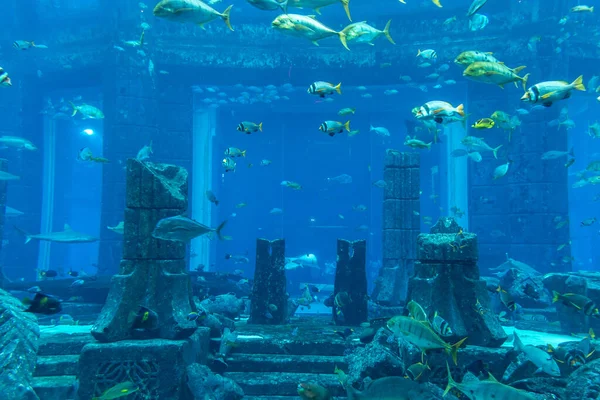
Cenote Dos Ojos in Mexico’s Yucatan Peninsula connects two massive underwater caverns through crystal-clear freshwater passages. The limestone formations create otherworldly light beams that penetrate the darkness.
These beams illuminate stalactites and stalagmites formed over millions of years, while divers navigate through chambers the size of airplane hangars in the 77°F waters.
Like Travel Pug’s content? Follow us on MSN.
Biodiversity hotspot in Indonesia
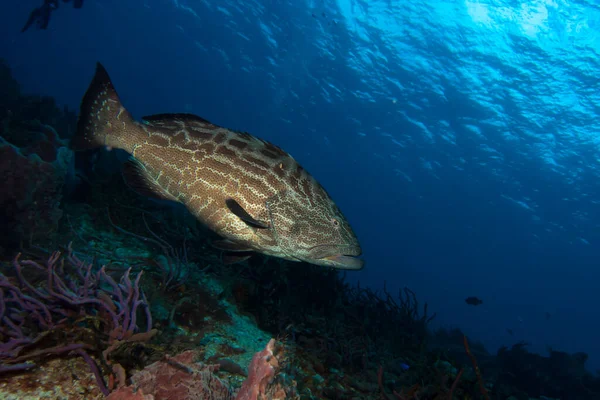
Raja Ampat, Indonesia, holds the record for marine biodiversity with over 1,700 species of fish documented in these waters. The convergence of Pacific and Indian Ocean currents creates nutrient-rich conditions.
This supports everything from tiny pygmy seahorses to massive manta rays — though Cape Kri alone recorded 374 fish species in a single dive, more than the entire Caribbean Sea.
Shark highway in Costa Rica
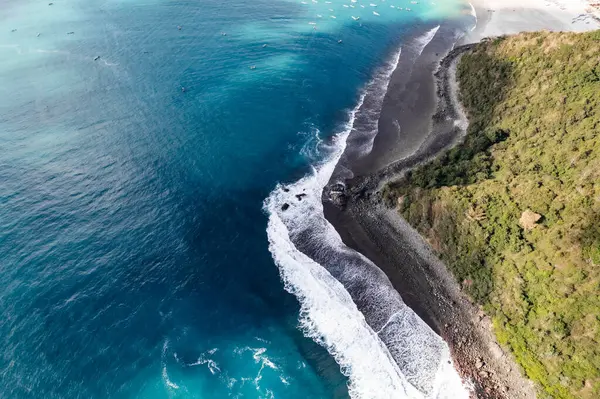
Cocos Island sits 300 miles off Costa Rica’s Pacific coast. Hammerhead sharks gather in schools of hundreds during certain seasons. The volcanic island’s underwater topography creates upwelling currents that attract pelagic species from the deep ocean.
In contrast, whale sharks, silky sharks, and Galapagos sharks cruise the blue waters while white-tip reef sharks rest in underwater caves.
Ancient formations in Palau

Palau’s Blue Corner features a submerged reef wall that drops into the abyss. This creates one of the world’s most thrilling drift dives. Strong currents bring nutrients from the deep — attracting gray reef sharks, barracuda, and massive schools of jacks that form swirling tornadoes of silver.
Divers hook into the reef and watch the underwater highway of marine life pass by like a living conveyor belt.
Like Travel Pug’s content? Follow us on MSN.
Kelp forest wonderland in California

Monterey Bay’s kelp forests grow up to 200 feet tall. They create underwater cathedrals where sunlight filters through the canopy in golden beams. Sea otters dive down to crack open sea urchins on their bellies — while harbor seals playfully dart between the towering brown algae fronds.
The cool 55°F waters support a completely different ecosystem from tropical reefs, yet it’s equally mesmerizing.
Crystal caves in the Bahamas
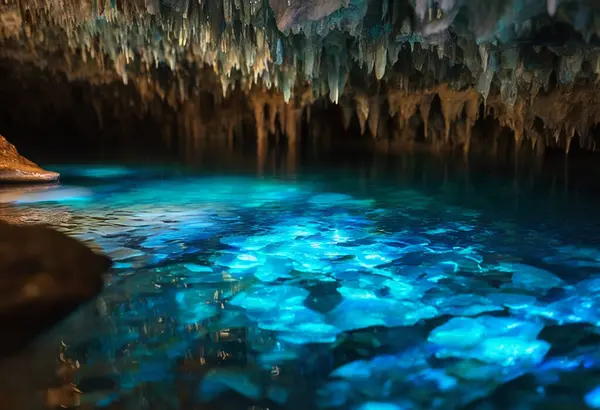
Dean’s Blue Cave in the Bahamas plunges 663 feet deep, making it the world’s deepest known saltwater blue cave. The circular opening measures 115 feet across at the surface.
Even so, it expands into vast underwater chambers below 60 feet — where freediving world records are regularly attempted due to exceptional visibility and calm conditions.
Arctic diving in Norway
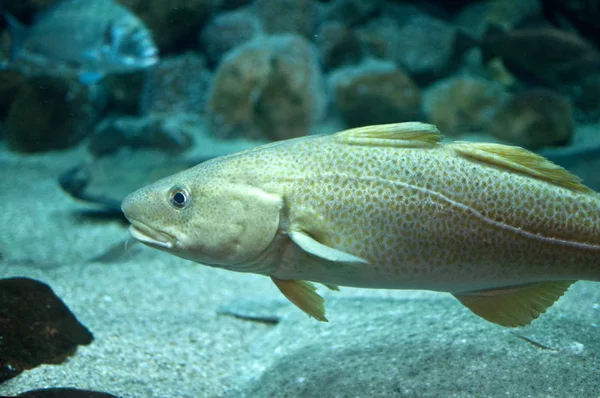
The Lofoten Islands in Norway offer cold-water diving where visibility can exceed 160 feet in the crystal-clear Arctic waters. Kelp forests, sea anemones, and king crabs thrive in the nutrient-rich environment.
The aurora borealis occasionally dances overhead during surface intervals — despite water temperatures that hover around 39°F, requiring thick drysuits and specialized training.
Like Travel Pug’s content? Follow us on MSN.
Manta cleaning station in the Maldives
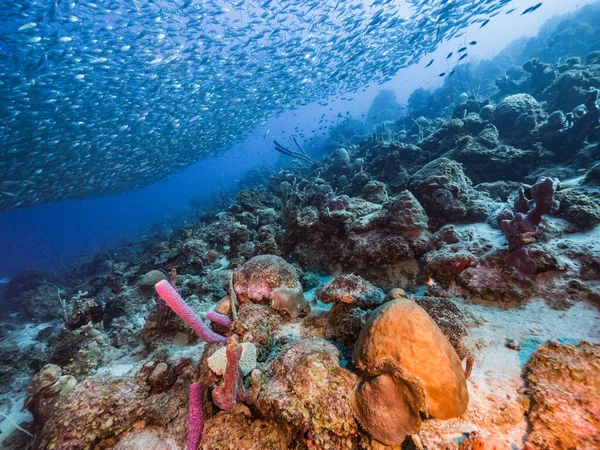
Hanifaru Bay in the Maldives transforms into a feeding frenzy during monsoon season when manta rays gather to feast on plankton. These gentle giants with wingspans reaching 23 feet perform barrel rolls and somersaults while filter-feeding in the shallow lagoon.
Sometimes over 100 mantas congregate in this protected marine reserve during peak season.
Historic shipwreck in North Carolina
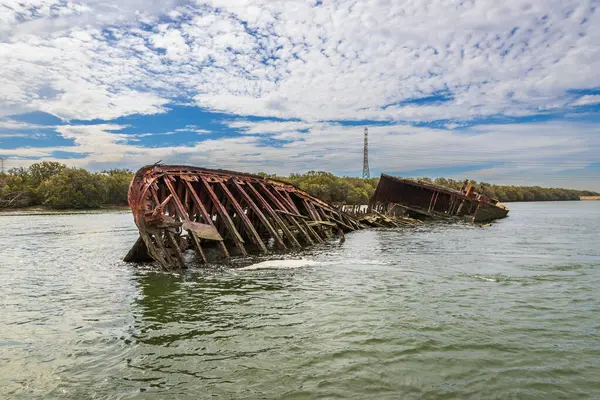
The USS Monitor, America’s first ironclad warship, rests 240 feet below the surface off Cape Hatteras. This Civil War vessel revolutionized naval warfare when she battled the CSS Virginia in 1862, though she sank in a storm later that year.
The wreck site requires advanced technical diving skills but offers a unique glimpse into American maritime history.
Underwater sculpture park in Grenada
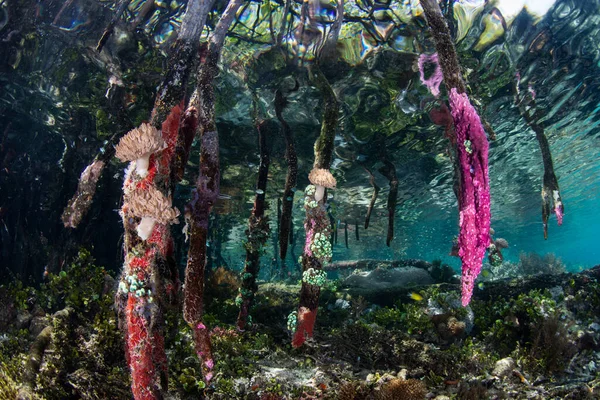
Molinere Underwater Sculpture Park in Grenada combines art with marine conservation. It features over 75 life-sized concrete sculptures submerged in shallow Caribbean waters.
The artificial reef attracts tropical fish while providing educational experiences about ocean conservation, whereas sculptures like ‘Vicissitudes’ show children holding hands in a circle, now covered with colorful coral growth.
Like Travel Pug’s content? Follow us on MSN.
Seamount diving in the Azores
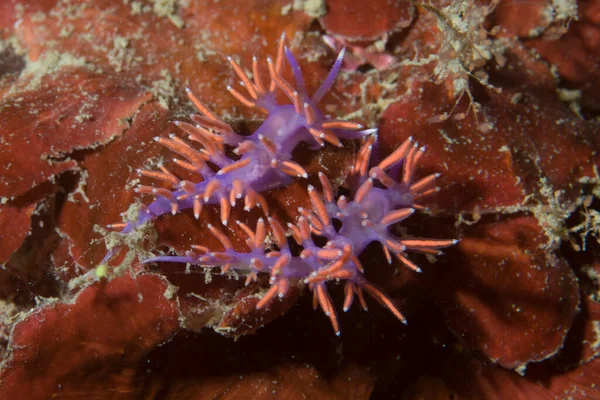
Princess Alice Bank near the Azores rises from depths of 6,000 feet to within 115 feet of the surface. This creates a magnet for pelagic species. Blue sharks, mobula rays, and schools of almaco jacks patrol this underwater mountain in the middle of the Atlantic.
However, the seamount’s isolation makes every dive feel like exploring an alien planet.
Cenote system in Yucatan
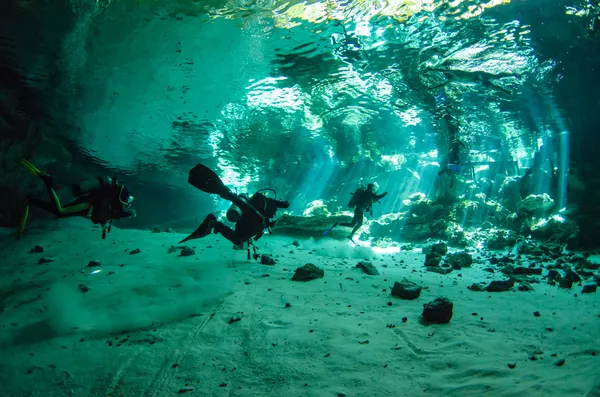
Sistema Sac Actun in Mexico represents the world’s longest underwater cave system, stretching over 215 miles through the Yucatan Peninsula. Ancient Mayan artifacts and human remains occasionally emerge from the limestone passages.
This adds archaeological significance to the stunning geological formations, while the intricate network connects dozens of cenotes through crystal-clear freshwater tunnels.
Coral triangle in the Philippines
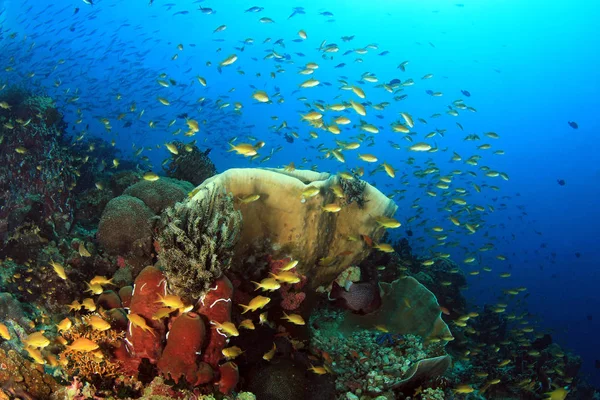
Tubbataha Reefs Natural Park in the Philippines sits in the middle of the Sulu Sea. It’s accessible only by liveaboard vessels during the March to June season.
This UNESCO World Heritage Site hosts over 600 fish species and 360 coral species within its pristine atolls; even so, whale sharks, manta rays, and schools of hammerheads frequent these remote waters.
Like Travel Pug’s content? Follow us on MSN.
Volcanic diving in Hawaii
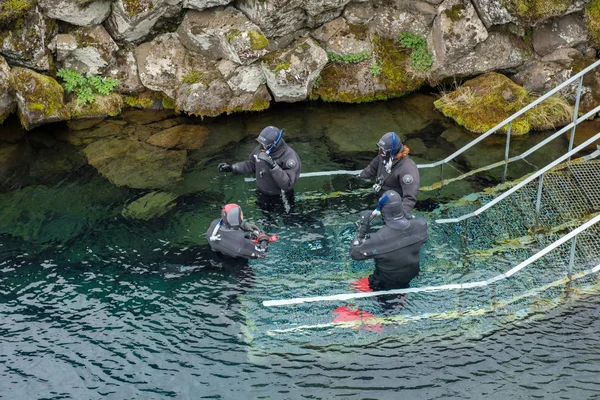
Molokini Crater off Maui formed from a volcanic eruption over 150,000 years ago. This created a crescent-shaped islet with exceptional diving conditions. The back wall drops vertically into deep blue water where white-tip sharks and eagle rays glide past, yet the crater’s interior hosts colorful reef fish in shallow, protected waters.
Visibility often reaches 150 feet in these gin-clear Hawaiian waters.
Freshwater springs in Florida
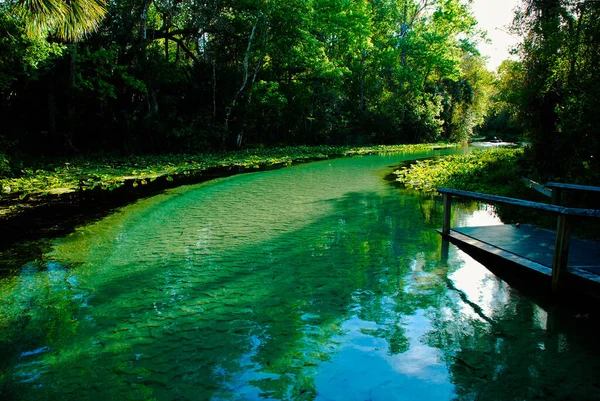
Rainbow Springs in Florida maintains a constant 72°F temperature year-round. This creates perfect conditions for observing West Indian manatees during the winter months. These gentle giants migrate to the warm spring waters to escape cold weather, often allowing close encounters with respectful divers.
The spring’s clarity is so exceptional that underwater photography doesn’t require strobes.
Deep wall diving in the Cayman Islands
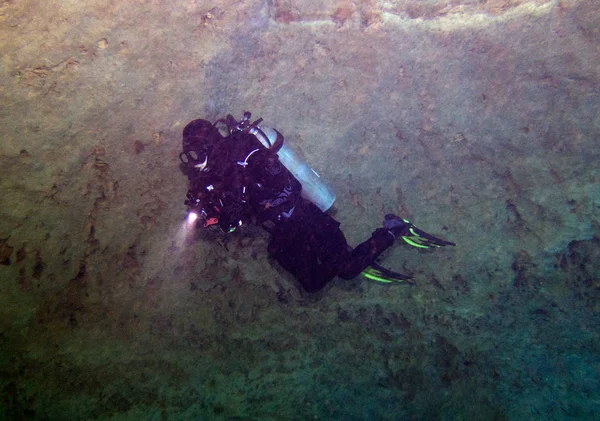
The Cayman Wall along Grand Cayman’s north shore drops from 60 feet to over 6,000 feet. It creates dramatic underwater topography that attracts both reef and pelagic species.
Massive barrel sponges, black coral trees, and colorful sea fans decorate the wall while eagle rays and Caribbean reef sharks patrol the blue water beyond the reef edge.
Like Travel Pug’s content? Follow us on MSN.
Thriving reefs despite the odds
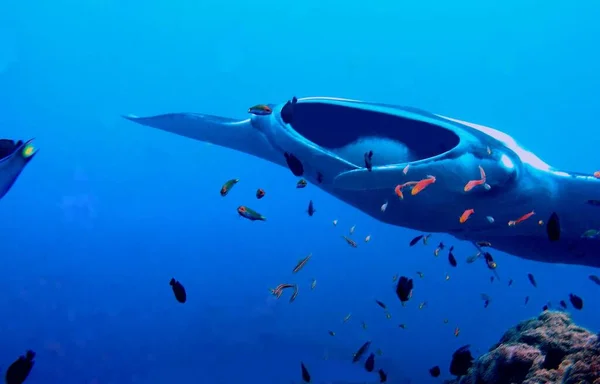
These underwater destinations prove that our oceans still hold incredible treasures for those willing to explore beneath the surface. While many coral reefs face environmental challenges, sites like Raja Ampat and Tubbataha demonstrate how protection and conservation efforts can preserve marine ecosystems for future generations. The diversity ranges from warm tropical paradises to challenging cold-water environments. Each offers unique encounters that land-based adventures simply can’t match.
These 17 locations represent just a fraction of what lies beneath the waves, yet they showcase the extraordinary variety and beauty that awaits underwater explorers. Whether you’re drawn to historical shipwrecks, vibrant coral gardens, or encounters with massive marine life, these destinations offer experiences that’ll leave lasting impressions long after you surface.
More from Travel Pug

- 20 Best Beach Towns in the Carolinas
- 13 Destinations Where Tourists Regularly Regret Their Trip
- 20 Things You Actually Get in First Class
- 20 Small Airports With Aviation Museums
- 20 Places in the U.S. That Are Perfect for a Reset Trip
Like Travel Pug’s content? Follow us on MSN.
